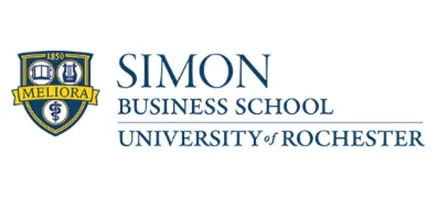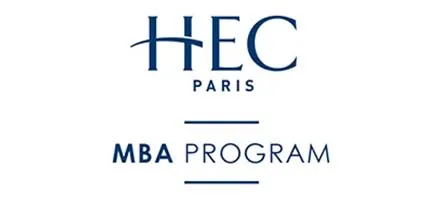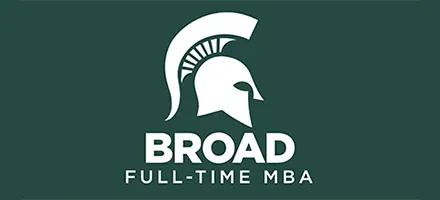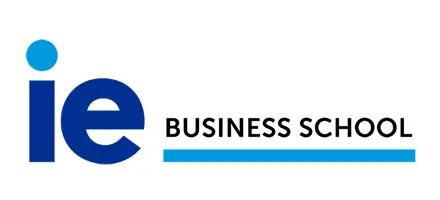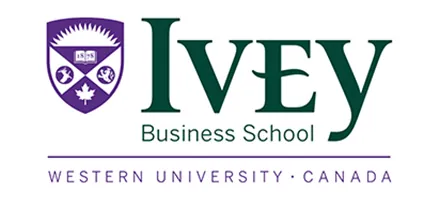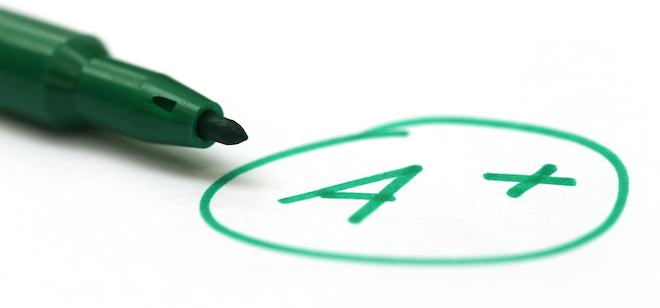
Undergraduate grade point average is not the most important element of a business school application, but it can’t be completely ignored, either. Most admissions officers at leading business schools will tell you that a strong GPA — a score of 3.50 or better, to be precise — is no substitute for demonstrating real leadership qualities and other evidence of potential. But in the same breath they will add that very low GPA scores can, and do, sink otherwise strong applications.
So where do the best grade-getters go? It turns out that competition for top talent is fierce up and down the rankings, but unsurprisingly it’s the elite schools that consistently draw the best students. The best of the best go to Stanford and Harvard, which this year paced all schools with average undergrad GPAs of 3.70 — a slight decline for both schools from last year, but both had room to spare with their peers.
Further down the rankings is where you find the most movement in things like average GPA and average GMAT scores, and this story is no different. The school with the biggest jump in average undergrad GPA over the last five years: USC’s Marshall School of Business, the school known lately for shaking things up, which since 2015 has grown its GPA to 3.54 from 3.31. It’s one reason the Marshall School has seen real rankings improvement of late. After Marshall, four of the six schools with the biggest GPA gains are in the lower 25, with Arizona State’s Carey School of Business (3.37 to 3.56) and the University of Pittsburgh’s Katz Graduate School of Business (3.27 to 3.45) leading the way.
‘LOOKING FOR NON-ARROGANT, GENUINE, GRITTY PEOPLE’
Getting into a high-ranking MBA program doesn’t necessarily require a high college GPA, as Poets&Quants has reported. “Unlike law school and med school admissions which are really, really based very much on numbers — your scores, your grades — the business school admissions process is really much more comprehensive,” Deena Maerowitz, a former associate director of admissions at Columbia Business School, told U.S. News for a 2018 story. J.P. Maychak, dean of student experience at Boston University’s Questrom School of Business, agreed, telling Fortune that other aspects, such as character, are also crucial when selecting MBA applicants for acceptance.
“Unlike in life, we get to pick our family,” Maychak said. “We are looking for non-arrogant, genuine, gritty people, ready and willing to take on the world.”
A high college GPA can of course help in an application, but admissions officers for MBA programs that receive applications from all around the world — including from countries with varying grading systems — tend to eschew comparing GPAs from globally different applications. Bottom line: a grade from one college isn’t necessarily equivalent to the same grade from another college. The same calculus happens in Europe, David Simpson, admissions director of London Business School, told U.S. News.
“We have set expectations, gained from our many staff years of international MBA admissions experience, for each country and type of university attended,” Simpson said.
BREAKING DOWN THE GPA DATA
After Stanford and Harvard, the top undergrad GPA averages are at UC-Berkeley’s Haas School of Business, which reported a 3.67 average for the fall 2019 incoming cohort (down from 3.71 last year), and Yale School of Management, where the latest crop of MBAs averaged 3.64 in their previous academic lives. After that, five schools sit at 3.60: the University of Chicago Booth School of Business, The Wharton School at the University of Pennsylvania, Northwestern University’s Kellogg School off Management, and MIT’s Sloan School of Management.
Looking at the five-year window between 2015 and last fall, we find that the number of top-50 schools in positive territory — meaning they grew their average undergraduate GPA scores at least fractionally in that span — skyrocketed from 15 last year to 29 this year, with an average gain of 0.08 (last year the average gain was 0.11). Thirteen schools were in negative territory, at an average of -0.06, down from 19 schools last year; and five schools were even, including three in the top 10. Data was incomplete for three schools.
In the Poets&Quants top 25, seven schools were negative over the last five years, at an average of -0.04 (last year eight were negative at -0.07); three were even, down from six last year; and 15 were positive, with an average gain of 0.07, up from last year’s 10 schools (with an average gain of 0.10). In addition to the top gainers in the table above, five schools gained 0.10 over the last five years: MIT Sloan, Columbia, Duke Fuqua, Washington Olin, and Rochester Simon.
In the top 10, only one school — Stanford — has a negative GPA record from 2015 to 2019. Last year, looking at 2014-2018, that number was three schools. Also this year, three schools in the top 10 are even, and six are positive (average gain 0.05), up from last year’s four schools (0.07).
Looking at the scores over two years, from 2018 to 2019, we find 15 schools that lost ground, with CMU Tepper, SMU Cox, and Texas-Dallas Jindal the biggest decliners, each at -0.10; and 24 schools that gained, led by UC-Davis, which jumped from 3.20 to 3.50.
See the next pages for a complete five-year data picture of undergraduate GPA averages at the top 50 U.S. B-schools.


